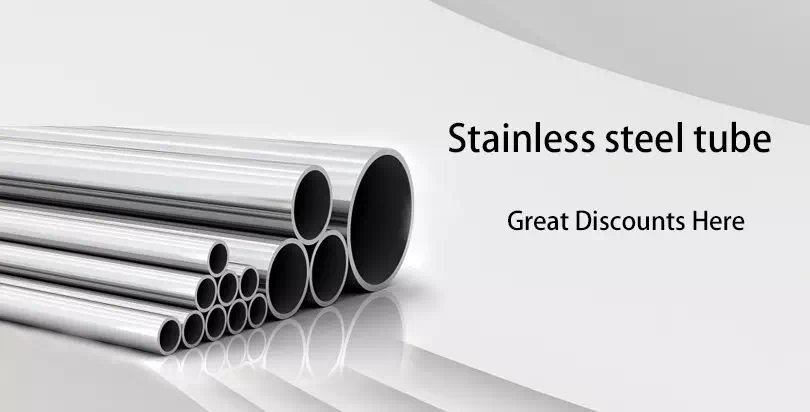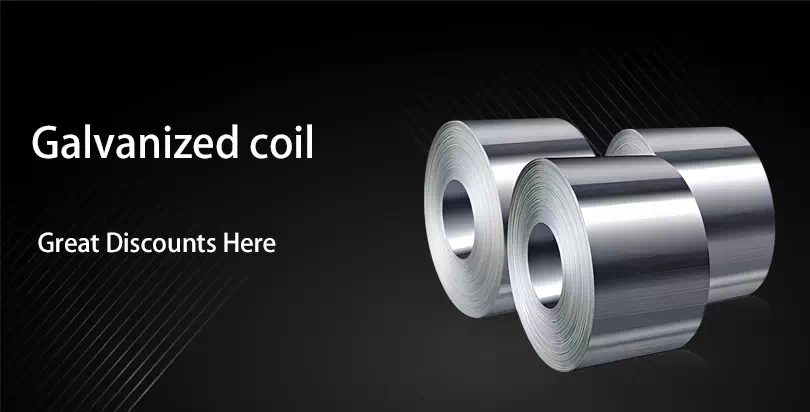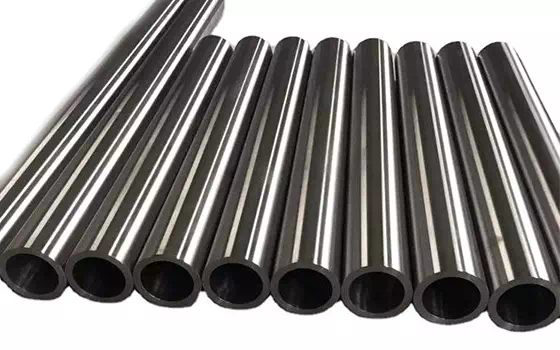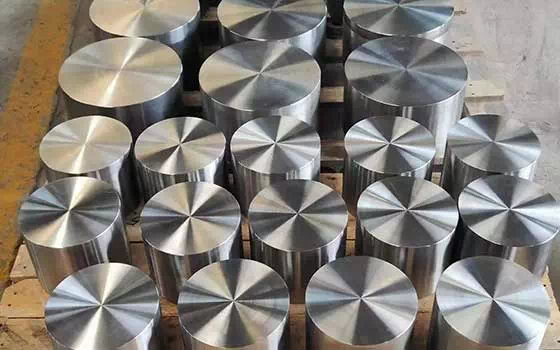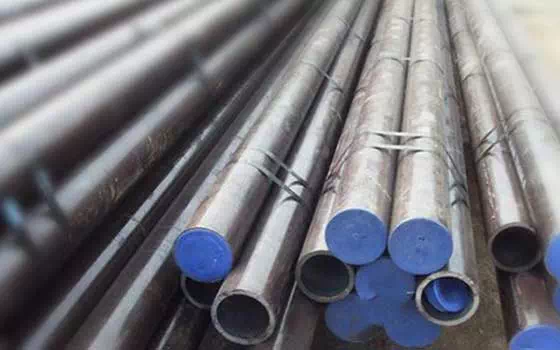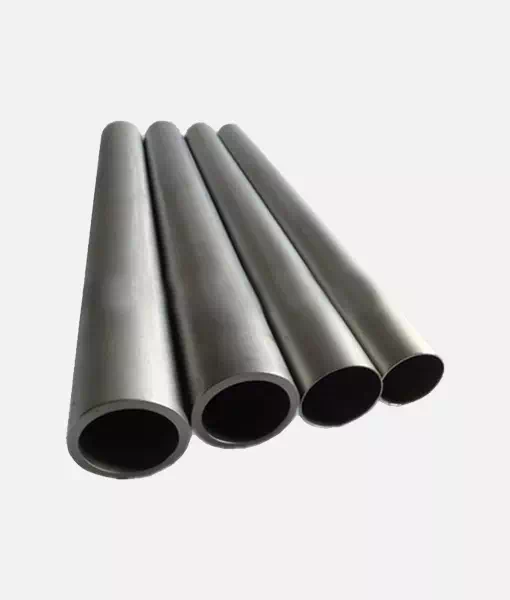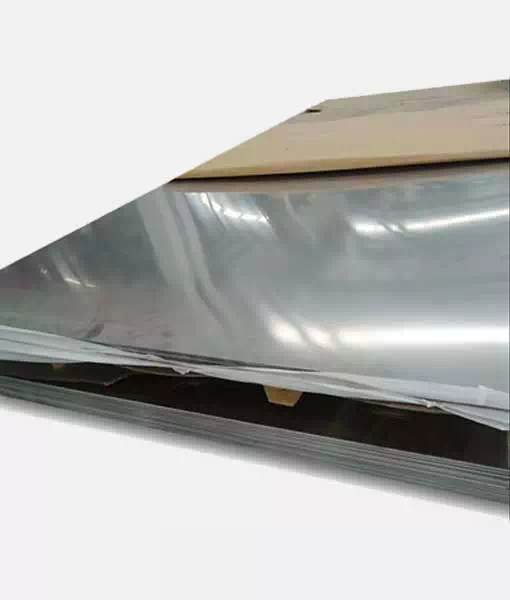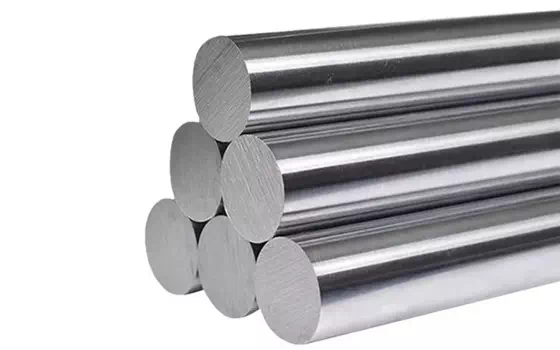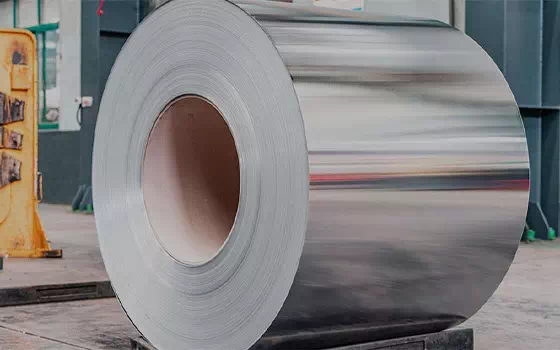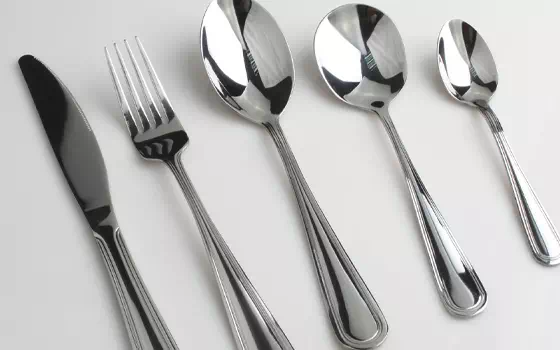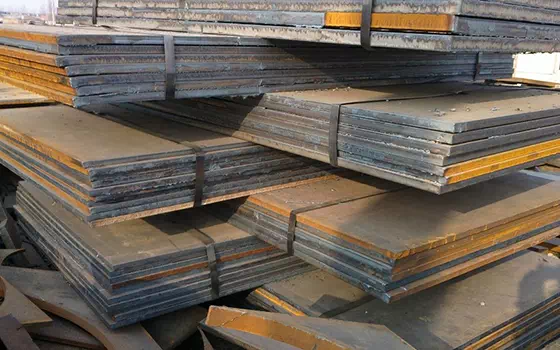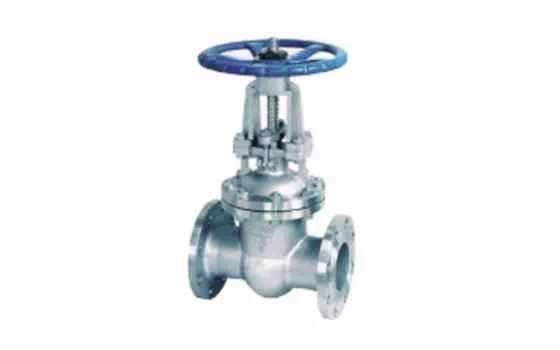ASTM A1050 alloy steel is an excellent cold-formed carbon-manganese alloy steel, which is preferred for its excellent forming ability and considerable strength. This material has a wide range of applications in the automotive industry, aviation, mold manufacturing and other industries.
ASTM A1050 alloy steel is an excellent cold-formed carbon-manganese alloy steel, which is preferred for its excellent forming ability and considerable strength. This material has a wide range of applications in the automotive industry, aviation, mold manufacturing and other industries. In order to deeply understand the characteristics and applications of ASTM A1050 alloy steel, this article will be analyzed in detail from its chemical composition, heat treatment process, mechanical properties, physical properties, material advantages and application fields.
1. chemical composition analysis
The chemical composition of ASTM A1050 alloy steel is the basis of its performance, mainly including carbon (C), manganese (Mn), phosphorus (P), sulfur (S) and other elements. The carbon content is controlled between 0.05% and 0.15%, while the manganese content is between 0.60% and 1.65%. With precise control of these elements, the properties of ASTM A1050 alloy steel can be adjusted to suit the specific needs of different fields.
2. heat treatment process
Heat treatment process is the key to improve the performance of ASTM A1050 alloy steel. Common heat treatment processes include annealing, normalizing and quenching. The annealing process can improve the plasticity and toughness of the material, normalizing can enhance the hardness and wear resistance of the material, and the quenching process can obtain higher hardness and wear resistance while maintaining low temperature tempering characteristics.
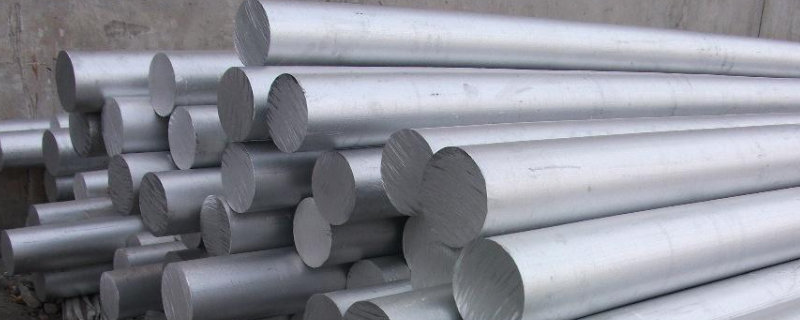
3. mechanical properties
The mechanical properties of ASTM A1050 alloy steel are central to its application, including tensile strength, yield strength, elastic modulus and hardness. These performance indexes are an important basis for evaluating the use value of materials. With the appropriate heat treatment process, ASTM A1050 alloy steels exhibit high tensile and yield strength, as well as good elastic modulus and hardness to meet the needs of different applications.
4. Physical properties
The physical properties of ASTM A1050 alloy steel include density, thermal conductivity and magnetism. Good thermal conductivity enables ASTM A1050 alloy steel to maintain stable performance at high temperatures, while its magnetic properties make it suitable for manufacturing electromagnetic equipment.
5. Material advantage
ASTM A1050 alloy steel offers the following significant material advantages:
Excellent formability: ASTM A1050 alloy steel has good plasticity and formability, which makes it more convenient in the manufacturing process and helps to reduce production costs.
Certain strength and hardness: After proper heat treatment, ASTM A1050 alloy steel can achieve high strength and hardness to meet the needs of bearing and wear resistance.
Good weldability: The excellent weldability of ASTM A1050 alloy steel makes it easy to manufacture complex components and equipment.
Good corrosion resistance: ASTM A1050 alloy steel has certain corrosion resistance and is suitable for use in humid or corrosive environments.
6. Application fields
ASTM A1050 alloy steels are used in a wide range of applications:
Automotive industry: Used to manufacture automotive hubs, gears, springs and other key components.
Aviation field: Used to manufacture aircraft engine parts, aircraft structural parts, etc.
Mold manufacturing: Used to manufacture stamping molds, plastic molds and other high-precision tools.
Machinery manufacturing: Used to manufacture all kinds of mechanical parts, fasteners, etc.
Construction industry: Used to manufacture steel bars, Bridges and other building components.
In summary, ASTM A1050 alloy steel has become one of the indispensable materials in the industrial field due to its excellent properties and wide range of applications.


